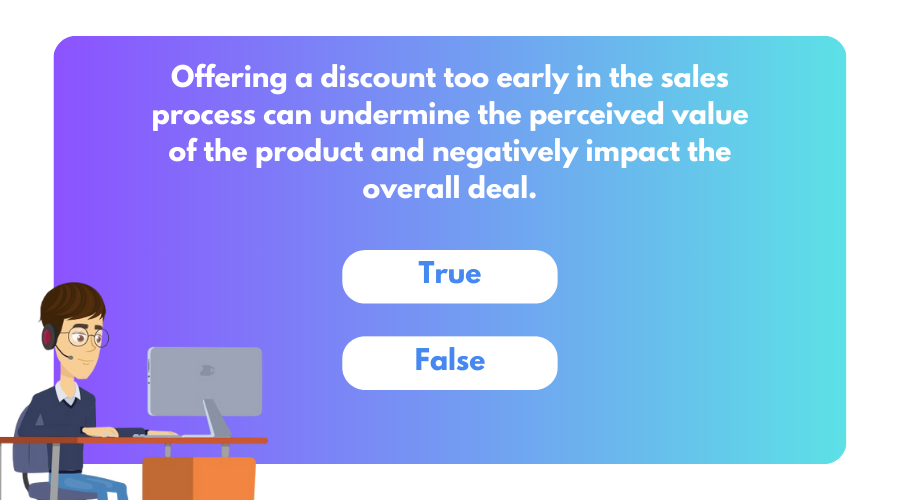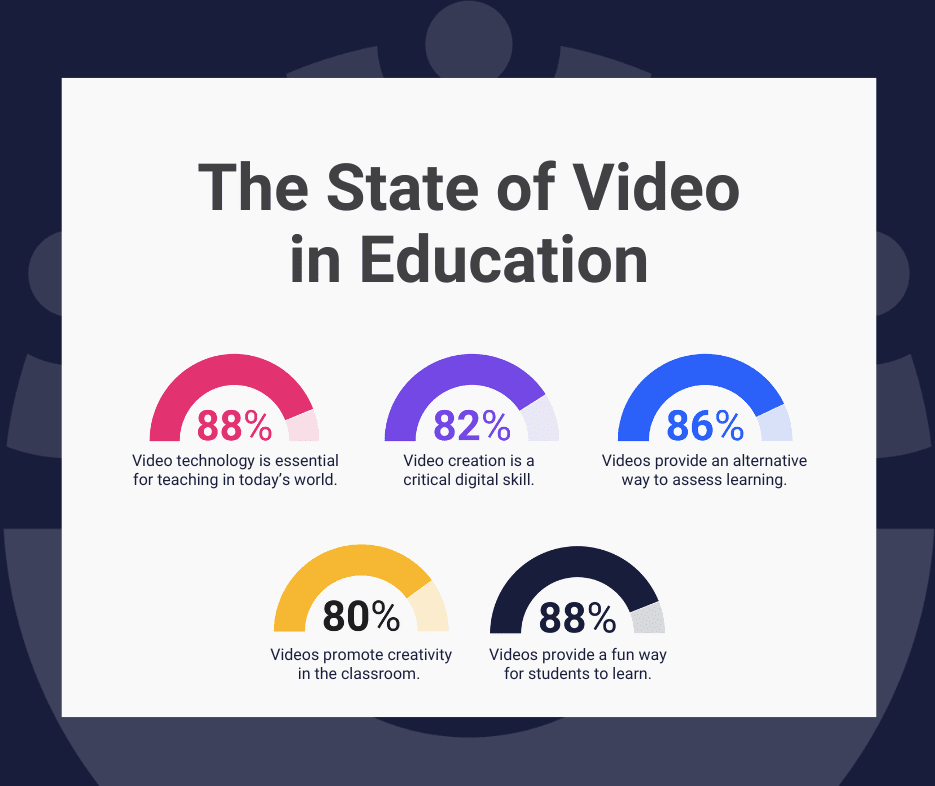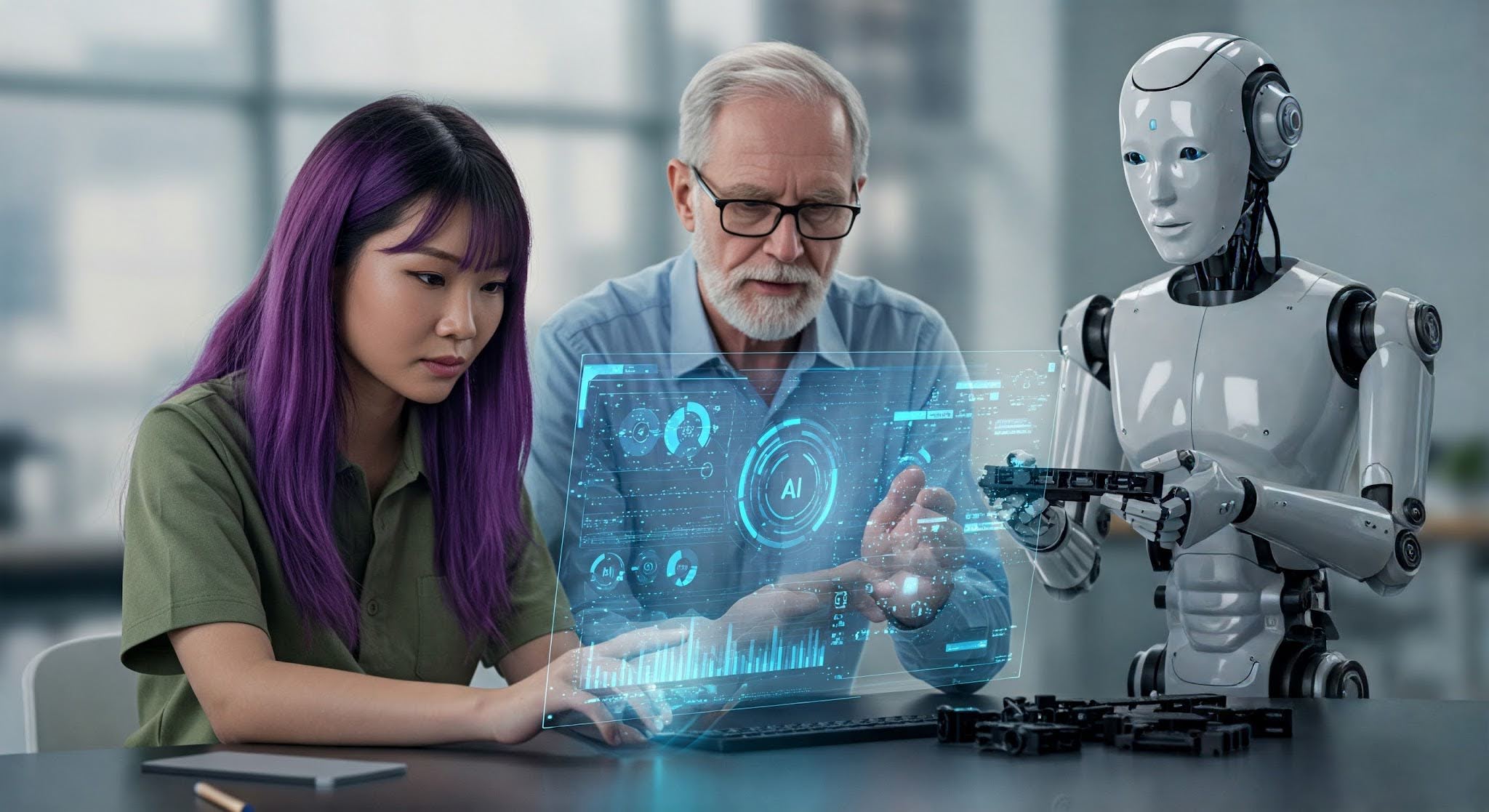Over the last 3 years I’ve been working at Workday on the Learning platform – an online learning platform service provided with the Workday suite – and things have shifted a lot since. In this article, I want to explore the current trends in this area (with focus on UX design, but still keeping it general) as well as my future trends predictions for 2025 and beyond in the learning space.
(As a side-note: none of what will be discussed here contains sensitive, private, or confidential information regarding my employer, the product I work with, or projects I’m currently working on. This article uses only publicly available information which is referenced at the end of the article, and some professional speculation based on my personal knowledge of the space. And, yes: this article was written with help from AI).
In this year of 2025, trends are very clearly being shaped by artificial intelligence – AI – given the popularity and prevalence of agents such as ChatGPT and Gemini. This, naturally, affects also the way we learn new things: we are moving from generic to personalised, from dense to condensed, from platform-specific to integration into workflows.
Changes in workforce expectation are also helping to change the status quo of learning; employees expect to be learning continuously, not just when onboarding or when switching roles. To the point where companies might be preferring to maintain existing employees and invest in their future, rather than make them redundant in order to hire more knowledgable people – although this hasn’t been really well reflected recently with the constant news of companies downsizing.
Regardless, now more than ever, people are increasingly thinking in skills, not roles as they themselves become more fluid [1]. Workers are also expected to build transferable skills, and not just do one job well.
Especially with Gen Z and Millenials, there is a stronger desire for work with meaning (as opposed to working a 9-to-5 and just living for the weekend), as well as opportunities to grow and explore new paths [2].
With all of that in mind, let’s explore the current and future trends in online learning, focusing first on the current trends:
Current Trends for Online Learning (2024 – 2025)
AI-powered personalisation
More and more learning platforms are leveraging AI to recommend content based on a learners behaviour, job role, and skills gaps. While some platforms may find it difficult to gather that information, they can still leverage the known content consumption of the learner for this objective.
Some examples include smart learning paths – which are paths created for the advancement of a specific role – and adaptive quizzes. AI tutors or chatbots are also being used to personalise the learners experience, like the Duolingo Max.
Microlearning
It’s no surprise that our attention span is decreasing. According to Gloria Mark (PhD, professor of informatics at the University of California):
Back in 2004, we found the average attention span on any screen to be two and a half minutes on average. Throughout the years it became shorter. (…) And then in the last five, six years, we found it to average about 47 seconds.
This inevitably affects the way we learn, with a new preference towards “microlearning” – an educational strategy that delivers content in small, focused segments, typically lasting just a few minutes [3]. These can be taken frequently either by receiving notification reminders, or having them displayed in apps like Slack or MS Teams.

Microlearning can be done in several different formats, including but not limited to:
- Short video tutorials: like the name implies, these are short (less than 90 seconds) videos that touch upon a very specific topic;
- Scenario-based learning: involves a brief scenario based on real work examples, presenting a number of choices where learners must make a decision;
- Infographics: a visual breakdown of the steps of a process, such as fixing a software issue or the do’s and don’ts of sales pitch;
- True / False: a short questionnaire that can reinforce the understanding and retention of key concepts;
- Spot the mistake: involves presenting learners with content containing deliberate errors that they must identify and correct;
- Daily tips: a daily email featuring tips and facts related to the industry, product, or specific to your role.
Skills-based learning
For this, content is mapped to a learner’s specific skills, often using taxonomies like SFIA – a global framework that defines the skills and competencies required by professionals in information and digital technology, software engineering, cybersecurity, and more – or Lightcast – a labor market analytics company that provides real-time data on job skills, occupations, and employer demand.
This is all to mean that a learner won’t be needing to figure out on their own what skills they lack, instead being shown what skills they should focus on based on what the system knows about the specific learner.
Credentialing and badging
It can be very frustrating to learners when they have to export certificates from different platforms and import them into others, or to lose the credentials obtained by learning on a platform they may no longer have access to.
Learners want visible, portable proof of their progress by having access to digital credentials and certificates that follow them no matter what learning platform they move to. [4]
Video and interactive content
A significant majority of educators recognise the importance of video in teaching. Specifically, 88% of surveyed educators consider video technology essential for teaching today, and 53% reported an increase in their video usage for classes since 2023 [5]. The trend towards shorter, more digestible learning units has continued to gain momentum in 2024. Increasingly, learners prefer brief, focused sessions that fit into their busy lives.
Interactive video tools are revolutionising content creation by transforming traditional videos into immersive digital experiences. These tools allow viewers to actively participate by clicking, dragging, or making choices within the video itself, leading to higher engagement and better retention [6].

Future Trends for Online Learning (2025 and Beyond)
Generative AI for content creation
While AI generated content is being heavily criticised by many, Generative AI can help L&D teams and even individual learners to create personalised content on demand, such as quizzes, assignments, and instructional materials. By analysing student data such as past performance and learning preferences, AI can tailor content to meet their individual needs. Even something like asking AI to “explain X to me in 5 minutes” could generate a course tailored to the learners job title and experience level. [7]
This is not to say that Generative AI will create everything on its own (I’ll talk about that further down), but it can create some content based on specific LLMs.
Learning embedded in the flow of work
Platforms are beginning to integrate more deeply with enterprise tools (such as Workday and Salesforce), which makes generating a learner profile easier given the vast amount of information these tools have on an employee.
Think of contextual learning services, such as an onboarding checklist that links directly to a learning module in a CRM.
Real-time skill validation
Companies like Johnson & Johnson and DHL are leveraging AI tools to assess employee skills in real-time. These tools analyse various data points, such as job roles and performance metrics, to identify skill gaps and recommend personalised training pathways. This approach facilitates internal mobility and targeted upskilling, ensuring that employees acquire the necessary competencies for evolving roles. [8]
With the help of AI, it should be possible to run real-time assessments through simulations, projects, or even AI-analysed performance, moving us from “watch this and answer this quiz” to “learn this and prove by doing”.
Human-AI collaboration in learning
Let’s face it: AI is still mostly a very advanced predictive text tool and is still far from replacing humans entirely, but it is still a very useful tool. Together with instructors, it can co-create, co-coach, and co-facilitate learning – but the human element still needs to be present in order to verify that what AI is presenting as content is true, accurate, and relevant.
AI can play the role of a mentor or guide, alongside human instructors in order to cover more ground.

Looking forward
There is no denying that the online learning space is being reshaped by a shift towards skills-first, personalised, and purpose-driven experiences which can be facilitated by AI. Learners – especially from younger workforce generations like Gen Z and Millennials – are increasingly seeking meaningful work, continuous growth, and flexible, self-directed learning opportunities.
Platforms are adapting by offering video-based and interactive content that has been co-created by AI, real-time skill validation, and credentialing tools to provide immediate, verifiable proof of learning. This shift also supports broader trends like internal mobility, lattice-like career paths, and AI literacy across roles.
Looking forward, learning platforms will become even more intelligent, adaptive, and deeply integrated with workforce systems. Generative AI will continue to play a major role in accelerating content creation, personalising learning paths, and powering AI teaching assistants. Real-time analytics and AI-driven recommendations will help align learning to both individual and organisational goals. Skills taxonomies will serve as a common language, guiding the creation of skills graphs that connect learning, work, and career pathways in real time.
The future of learning is agile, embedded in daily work, and built around the evolving needs of both learners and employers. But the human element behind learning still needs to be there, and it won’t be going away anytime soon.
References
- [1] – World Economic Forum
- [2] – Deloitte
- [3] – Animaker
- [4] – Virtue Market Research
- [5] – ScreenPal
- [6] – PageOn
- [7] – ResearchGate
- [8] – Financial Times
